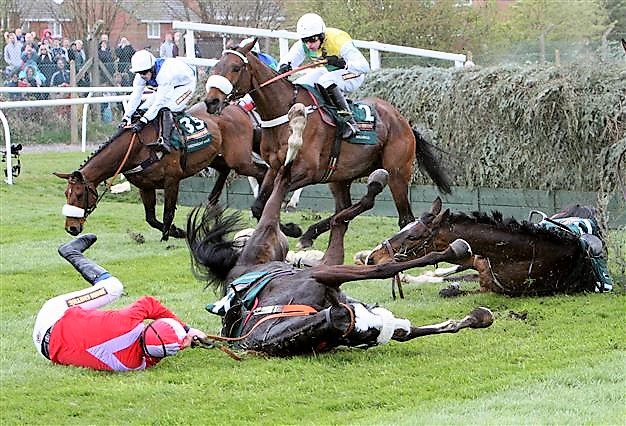-
Why 62.5% of the Grand National runners did not finish.

62.5% of horses did not finish the 2021 Grand National and two died. Are we all guilty for allowing this unnecessary suffering to continue.

62.5% of horses did not finish the 2021 Grand National and two died. Are we all guilty for allowing this unnecessary suffering to continue.